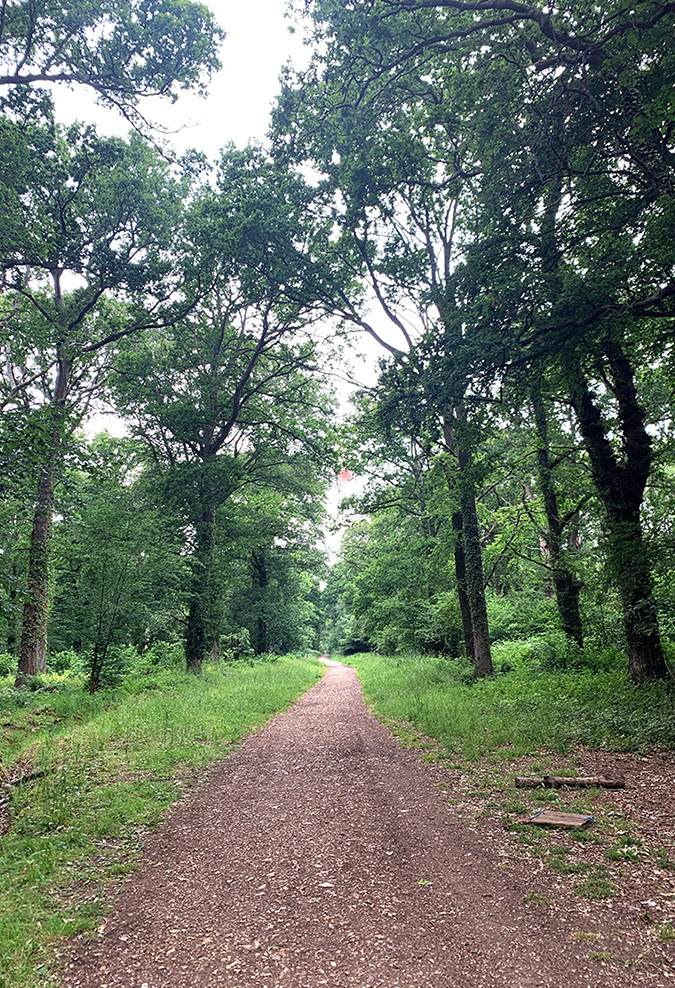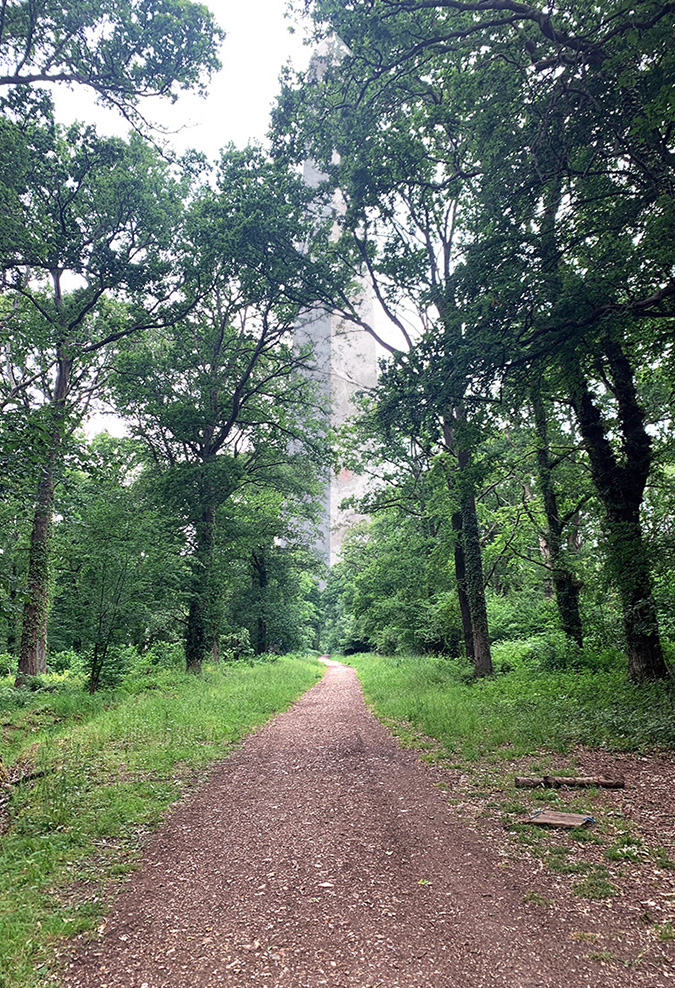Make sure your volume is on: "Sir George talks about the Obelisk"
Show transcript
This is the tallest of my follies, and the most ‘monumental’ if that is the right word. There is something very noble about an obelisk. They have very pleasing proportions, and when you see one you know that it stands for something. More importantly, they work ever so well in an landscape, as they really draw the eye.
Even I cannot afford to import a genuine Egyptian obelisk. Nobody can! Did you know that the ruler of Egypt gave one to Britain back a few years ago, and they are STILL trying to work out how to ship it over here…I doubt they will ever do it in my lifetime!
But they are popular designs these days, you see them on tombs and gateposts and plinths just about everywhere…so most monumental stonemasons can work one up for you, and get it set up.
Mine is dedicated to the memory of George Canning, the late Prime Minister and my great and dear friend. He was only Prime Minister for about three months before his death. So tragic…he was only in his 50s and such a talent.
Ah well, these bright flames soon burn themselves out, I suppose. When I look out over my pleasure garden on a fine day, my eye is always drawn to the obelisk and I remember my friend and think fondly of him.

